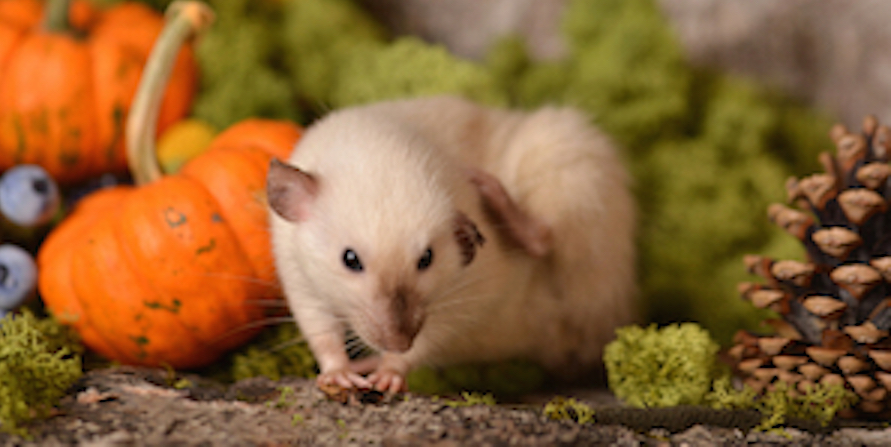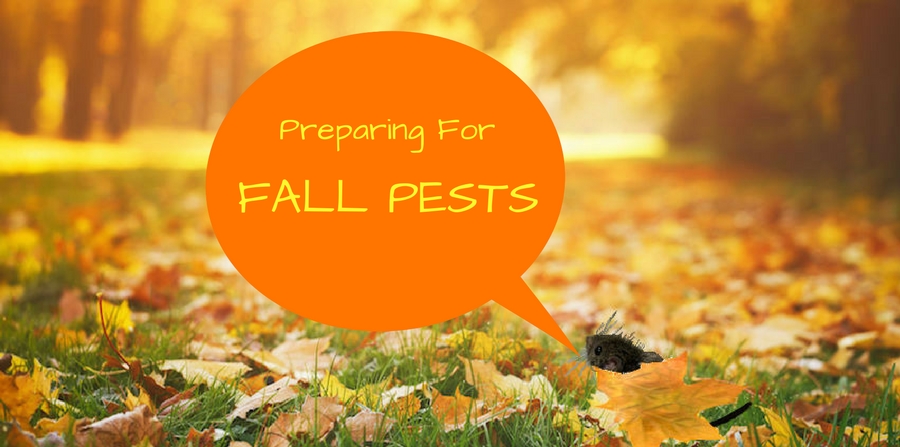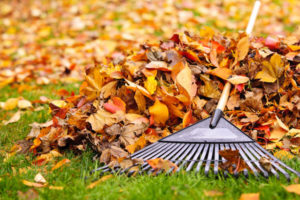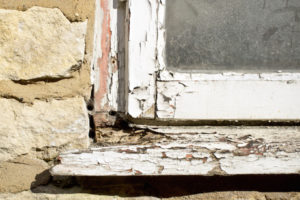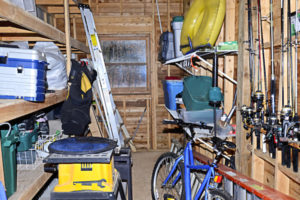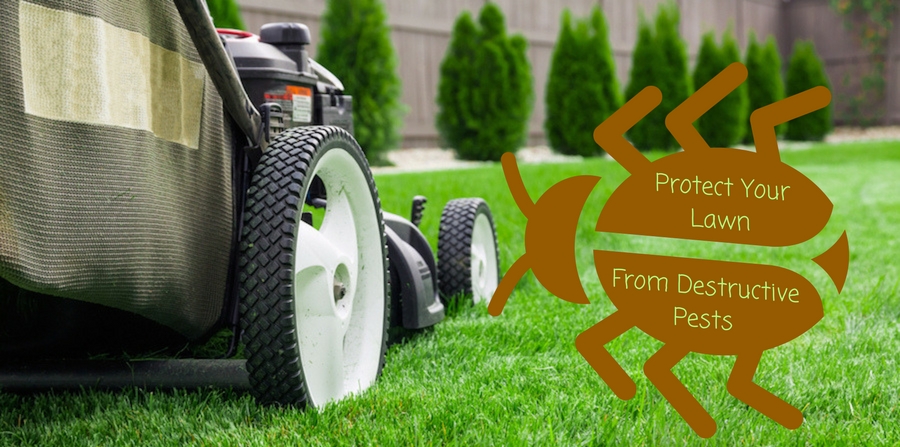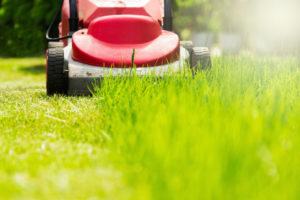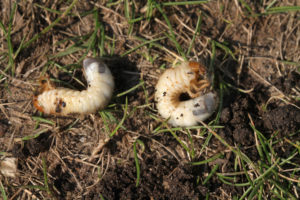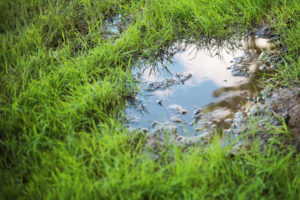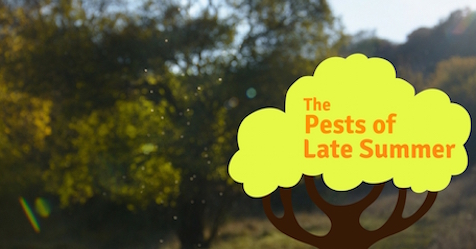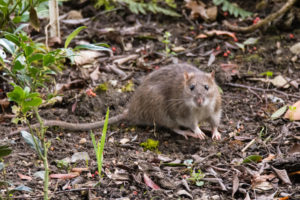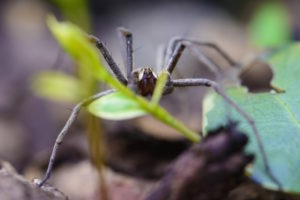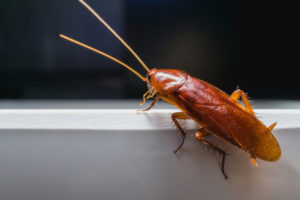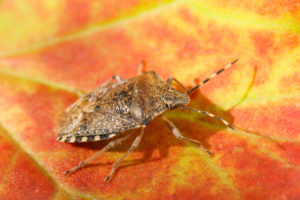Autumn can be one of the nicest times of the year. The leaves change color. The temperature is perfect. Even the sky just looks bluer. Everyone knows Winter is Coming, but at least fall makes for a nice consolation. At least, it should. Unfortunately, “everyone” knows Winter is Coming. Everyone includes rodents.
When the temperature drops, rodents start trying to get into your place like their lives depend on it. Nothing ruins the last nice weeks we have left like a rat infestation. You should be enjoying the all-too-fleeting pleasures of autumn while you can–not stressing out about the rats in your basement. Here are four good ways you can ensure unwelcome guests stay out of your home this fall.
Seal Doors and Windows
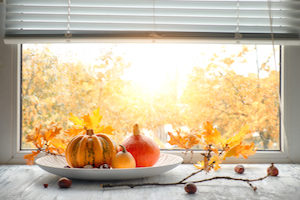 Most of the heat that escapes from homes leaks out of gaps around door and window frames. Rodents can feel this warm air escaping from outside, and they can follow it back to its source. Mice and rats are notorious for their ability to squeeze through tiny gaps. Even a tiny crack in a window frame’s weather-sealing is more than enough space for a motivated rodent.
Most of the heat that escapes from homes leaks out of gaps around door and window frames. Rodents can feel this warm air escaping from outside, and they can follow it back to its source. Mice and rats are notorious for their ability to squeeze through tiny gaps. Even a tiny crack in a window frame’s weather-sealing is more than enough space for a motivated rodent.
Double-check every window in your home. Make sure the window pane sits properly and the weather-proofing hasn’t worn down or peeled away. Look for cracks or other damage in the frame itself, as well. Check for condensation on the window sill and run your hand along the frame to feel for cool air. If you find either, it means there’s probably a draft around the window. Find and seal up this draft, and you’ll go a long way toward keeping rodents out of your home. Once you’re finished with the windows, follow these same steps at each outside door.
Put Screens over Vents
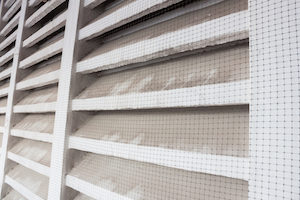 Your home transfers outdoor air in and out from more places than you’d think. Pretty much every water-using appliance needs to have a ventilation system to function properly and prevent excess humidity. Vents work by transferring hot air out of your home. Unfortunately, rodents can feel this hot air from outside just like they can feel drafts. If your vent systems aren’t appropriately covered, then rats can use them to crawl into your home.
Your home transfers outdoor air in and out from more places than you’d think. Pretty much every water-using appliance needs to have a ventilation system to function properly and prevent excess humidity. Vents work by transferring hot air out of your home. Unfortunately, rodents can feel this hot air from outside just like they can feel drafts. If your vent systems aren’t appropriately covered, then rats can use them to crawl into your home.
Remember: you need to leave enough space in your vent system to let air pass through. If you don’t, you’re defeating the purpose of having ventilation in the first place. Putting screens over your vent’s outlets will allow air to flow normally while keeping rodents out. Remember, however: rats and mice are notorious gnawers. Check on your screens annually to make sure the annoying munchers haven’t chewed their way through. If any of your screens have been noticeably damaged, you should replace them as soon as possible.
Check Outside
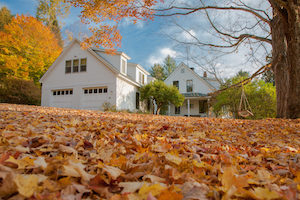 While you’re out checking your vent covers, take a look around the foundation of your home. Look for cracks where you can see light from inside, or where you can feel heat escaping. Pay special attention to areas of the home where utilities like water and gas enter the building. These access points tend to have gaps juuust wide enough for rodents to enter.
While you’re out checking your vent covers, take a look around the foundation of your home. Look for cracks where you can see light from inside, or where you can feel heat escaping. Pay special attention to areas of the home where utilities like water and gas enter the building. These access points tend to have gaps juuust wide enough for rodents to enter.
After you’ve “secured the perimeter,” you could take this opportunity to de-clutter your lawn. Fall tends to drop all kinds of debris into your yard. Rodents use fallen leaves, overgrown bushes, weeds, and other clutter as a means to get close. Keep clutter like leaf piles or firewood at least five inches away from your home. Keep trimming your bushes and lawn until they stop growing for the season. Make sure tree branches don’t brush up against your home. This all might sound extreme, but rodents really will use anything they can.
Clear the Clutter
 You didn’t think you’d get away with only cleaning the outdoors, did you? Sorry, but once you’re finished de-cluttering your yard, it’s time to move inside. Messy basements and attics attract rodents looking for warm, dark, and hidden places. The more space they have to move around in secret, the more attractive your home will look to them. One of the best ways to make sure rats leave you alone is just to demonstrate that you know they’re there.
You didn’t think you’d get away with only cleaning the outdoors, did you? Sorry, but once you’re finished de-cluttering your yard, it’s time to move inside. Messy basements and attics attract rodents looking for warm, dark, and hidden places. The more space they have to move around in secret, the more attractive your home will look to them. One of the best ways to make sure rats leave you alone is just to demonstrate that you know they’re there.
First, pick up boxes and bags lying on the floor in your basement. Sort through them, organize them, and keep them on shelves or in cupboards. Keep your floor as clutter-free as possible to make rodents feel uncomfortable crossing it. Vacuum and dust every room in your home at least once every two to three weeks. You should vacuum any rooms where you eat or prepare food even more frequently. If you can deprive rodents access to the resources they came looking for, they’ll start looking elsewhere for them.
The stakes never get higher than they are right now. Rodents that get into your home during warmer months come and go as they please. If rodents get into your home in fall, however, they’re staying for the duration. Winter is hard enough without sharing your space with furry roommates.
Even if you do end up with rats this winter, though, you don’t have to despair. Griffin Pest Solutions isn’t flying south; we’ll be here all year to help you with any pest problems you have. We’ll keep pests out so you can get back to enjoying one of the most beautiful times of the year.

